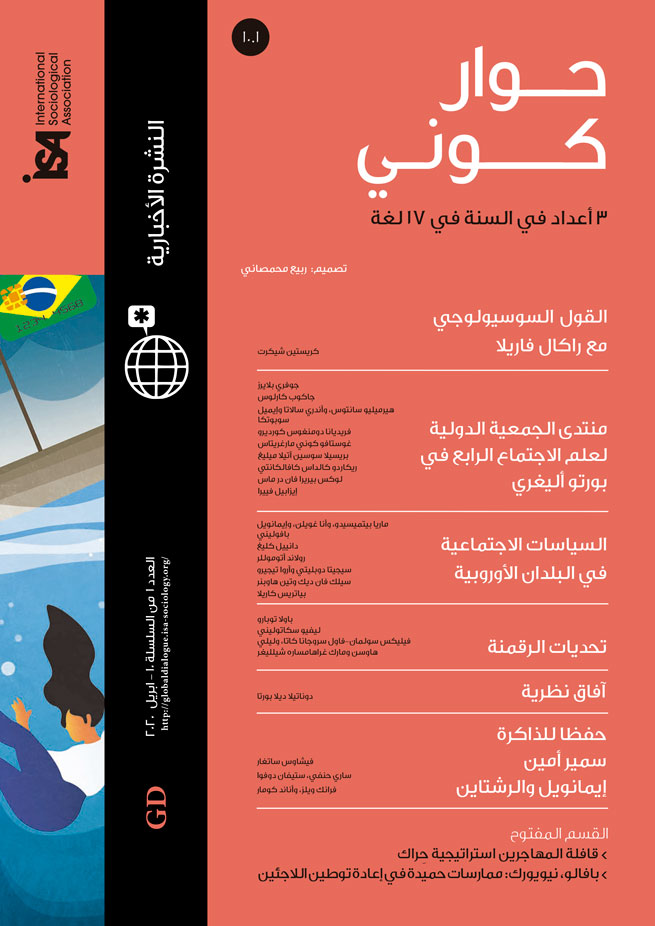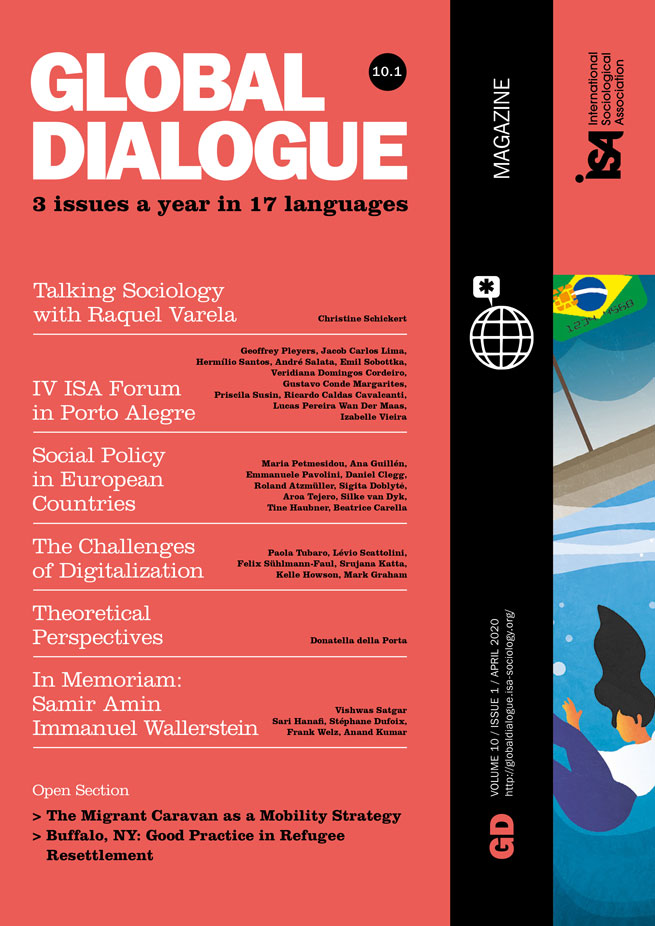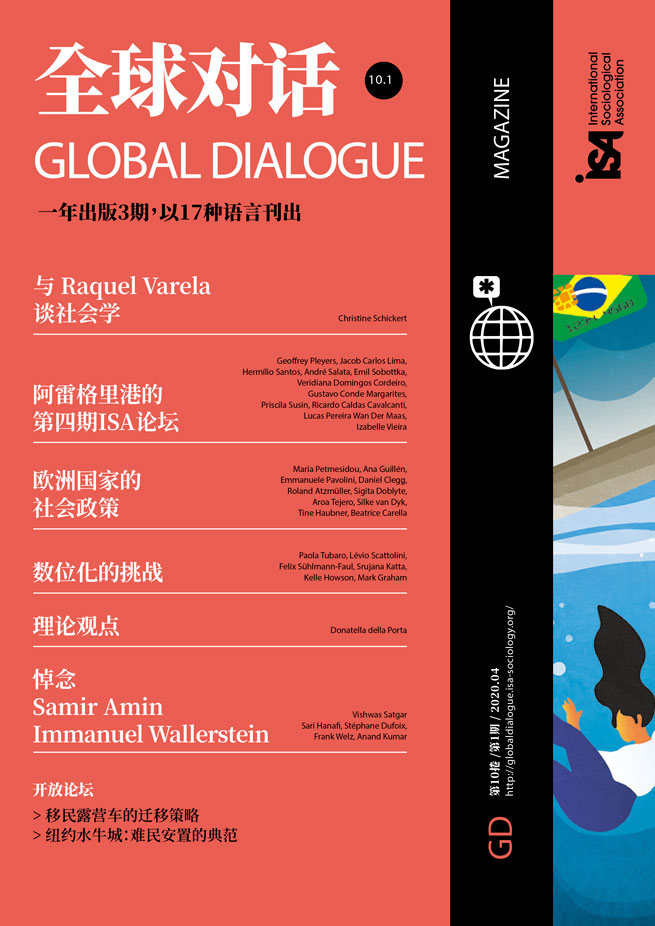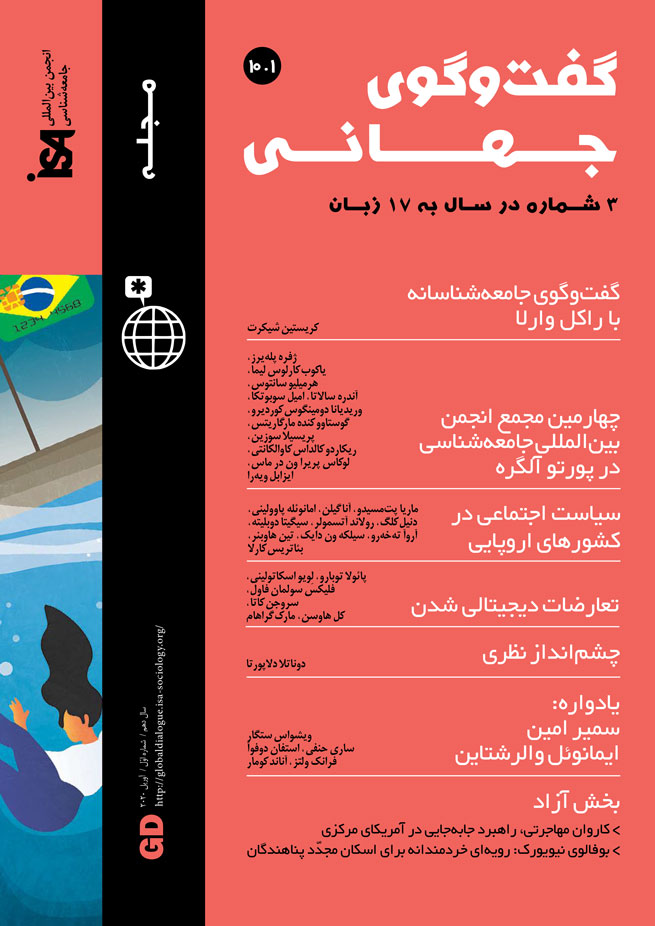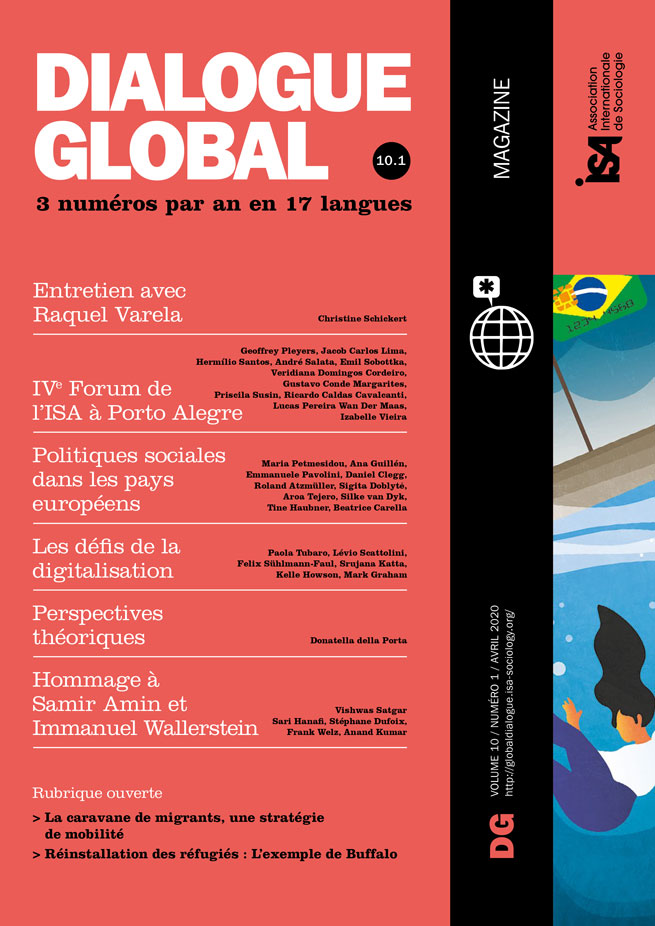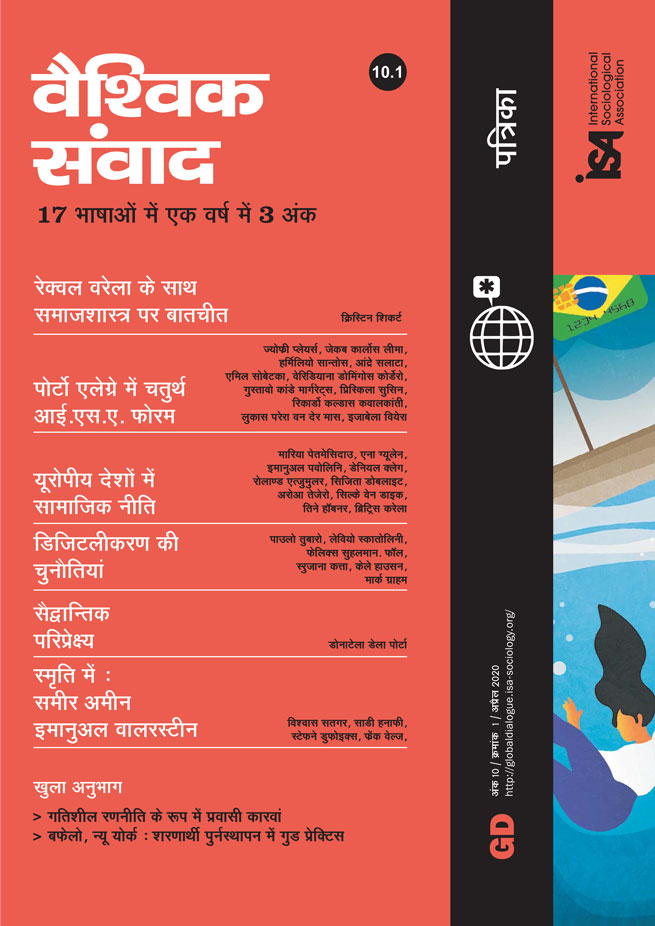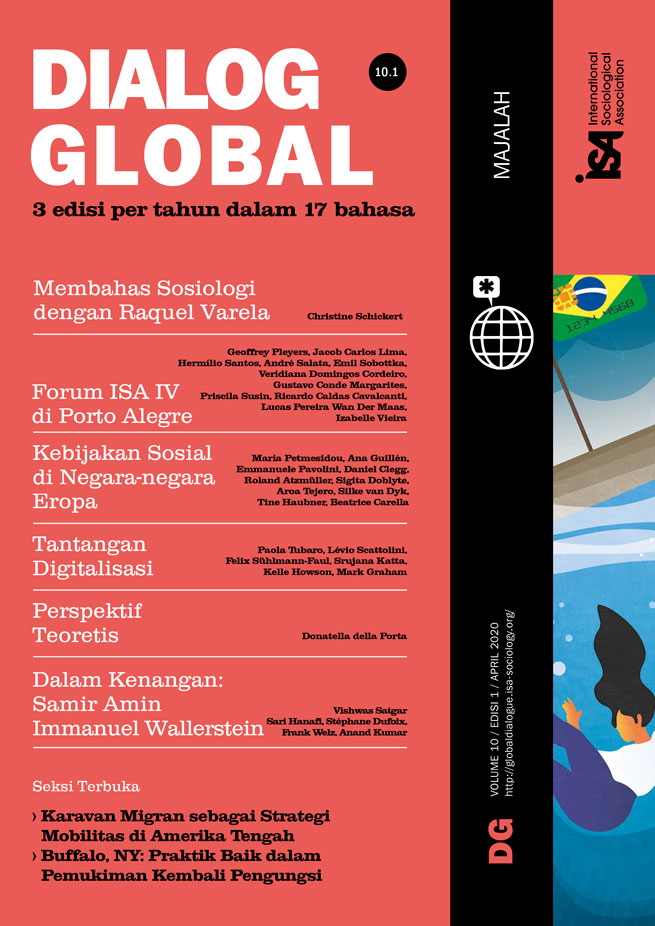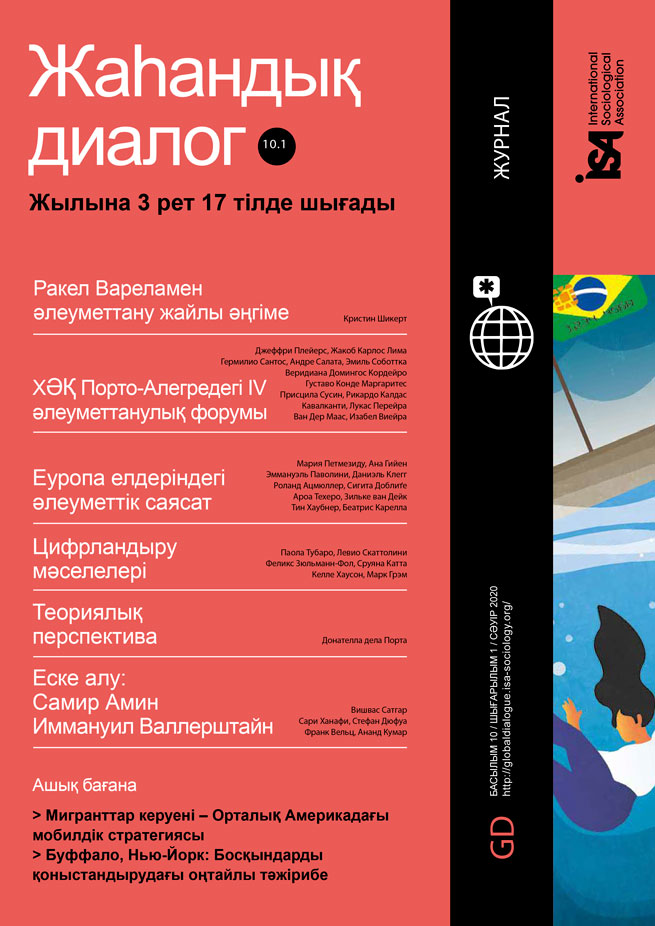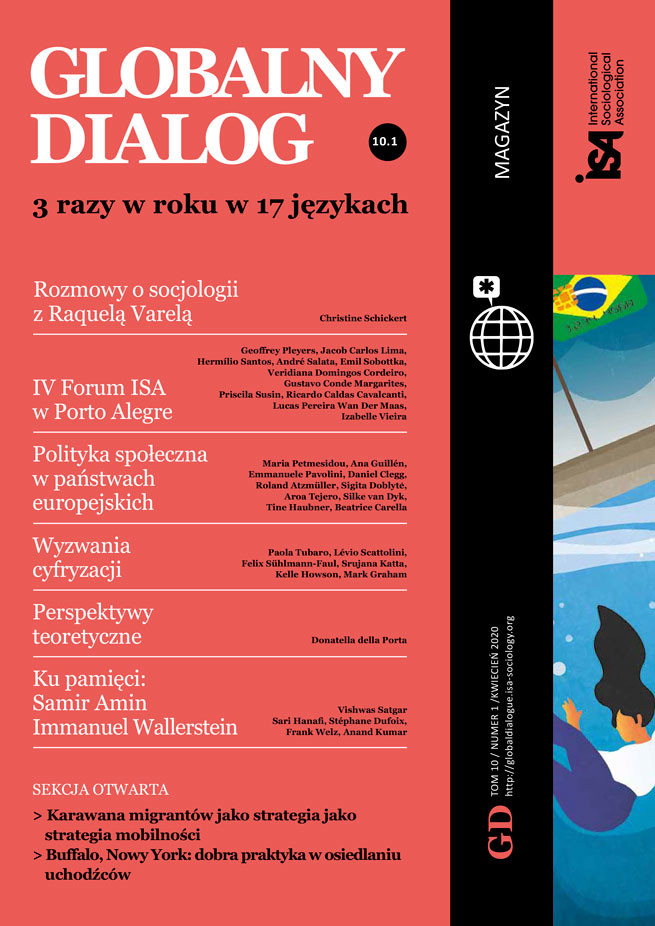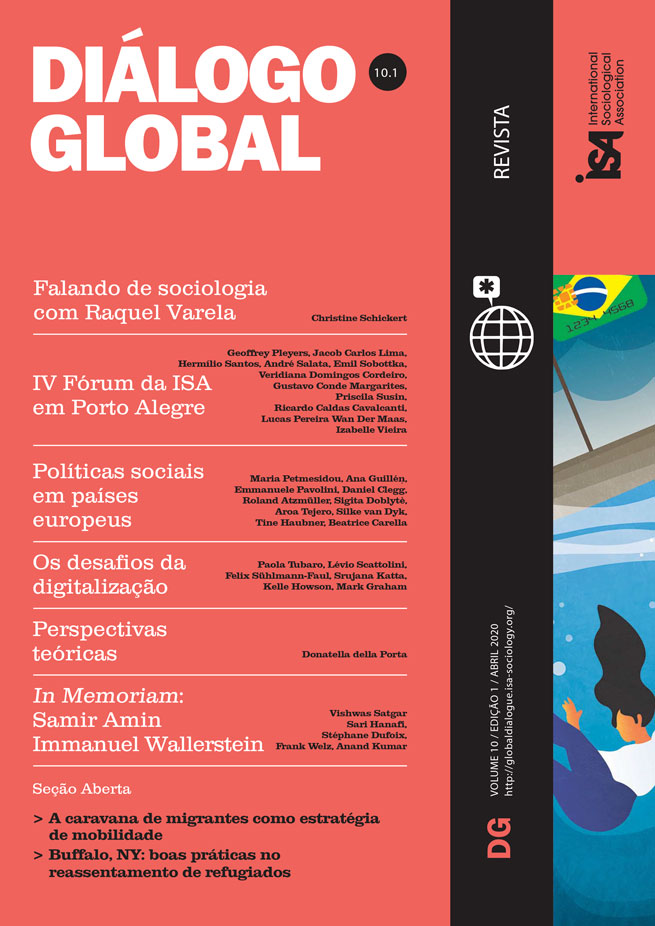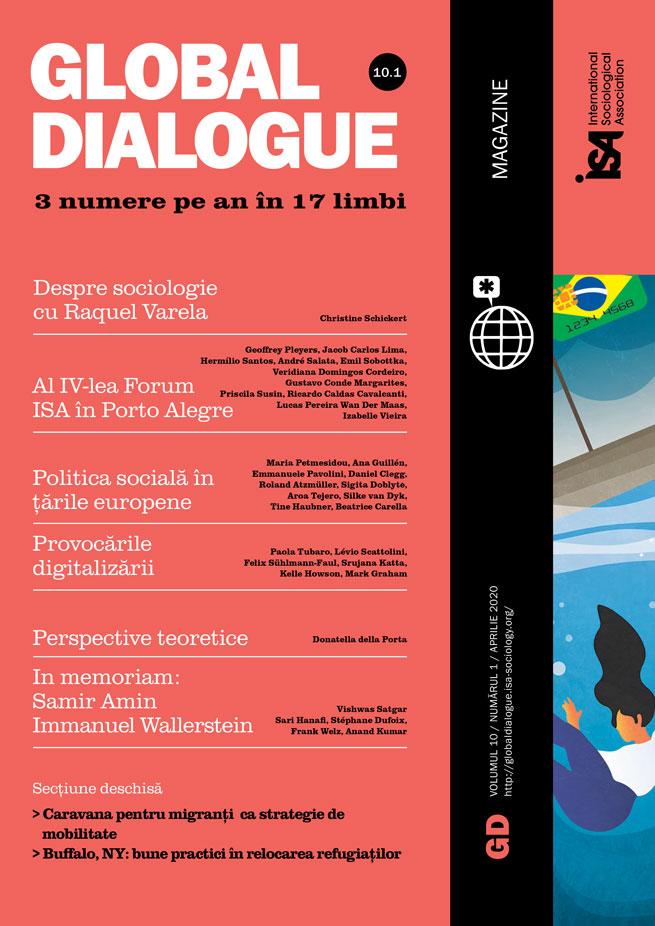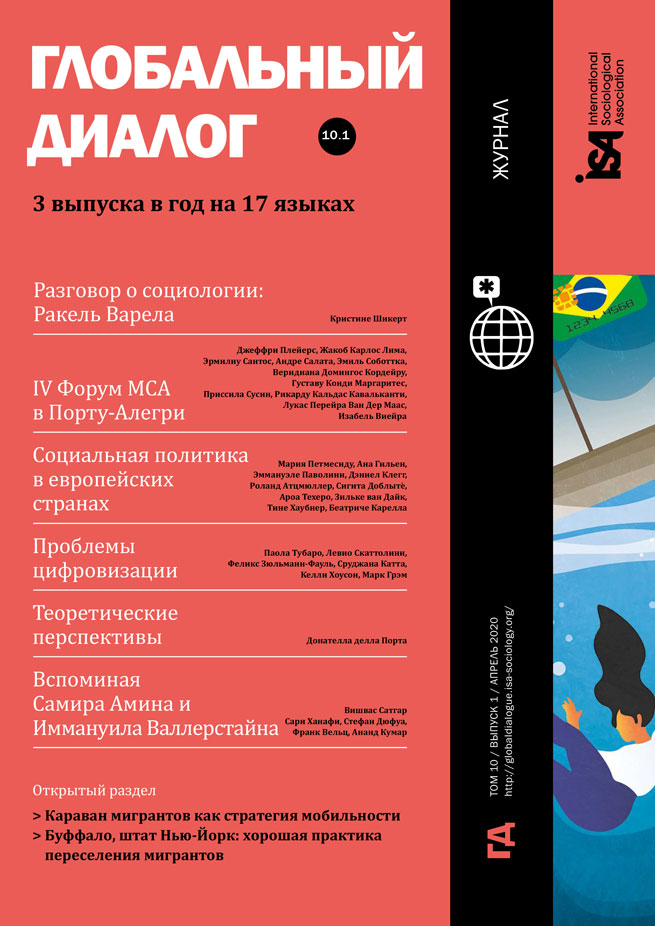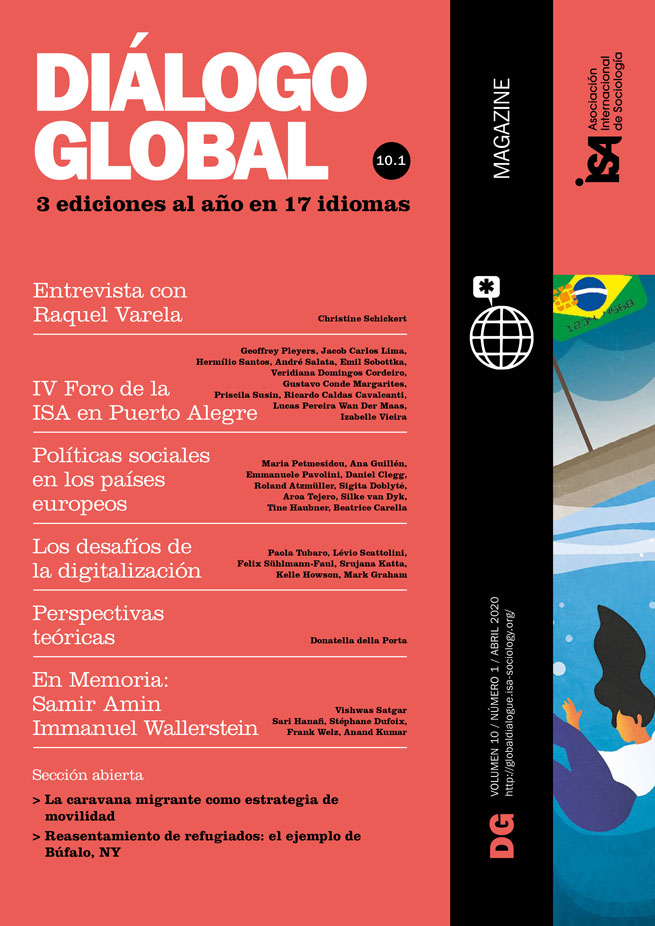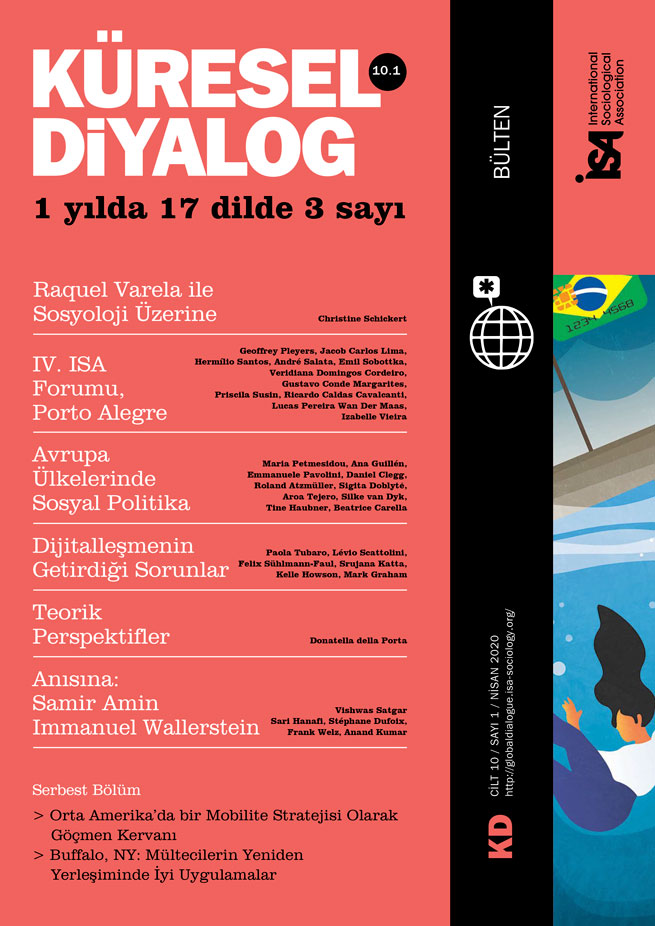Read more about Open Section
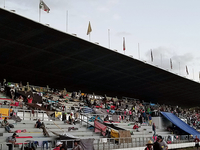
The Migrant Caravan as a Mobility Strategy in Central America
by Veronica Montes
February 21, 2020
The US has had a well-established refugee resettlement system since the Refugee Act of 1980. The Department of Homeland Security and the Department of State coordinate the admission of refugees into the country, and the Office of Refugee Resettlement at the Department of Health and Human Services coordinates provision of services after their arrival, together with nine voluntary agencies. Until President Trump’s cuts in numbers in the last couple of years, the US had consistently been the largest resettlement country in the world, admitting about 90,000 refugees every year. Refugees are admitted permanently and are on a fast track for citizenship. Unlike other categories of immigrants, they are immediately eligible for cash and medical assistance, among other public benefits.
Why medium-sized and smaller cities?
The nine voluntary agencies mentioned above are in a cooperative agreement with the Department of State, and their representatives frequently meet to review each case of incoming refugees. They consider factors such as existence of family already in the US, availability of interpreters, housing, English classes, and employment services to decide where each refugee will be resettled. While big metropolitan cities such as New York and Los Angeles are typical immigrant destinations, recently more and more medium-sized and smaller cities are being preferred for refugee resettlement. Smaller cities are more affordable, have more available housing, and many of them need a population increase for economic purposes.
Buffalo, New York is one of the medium-sized cities where refugees have increasingly been resettled since 2006. Although the resettlement process was challenging in the beginning, now Buffalo has become an example of good practice. Moreover, refugees play an important role in the city’s current revitalization.
Buffalo is a typical city of the Rust Belt - the region in the Midwest and Northeast of the US known for heavy industry, especially steel and iron factories, in the nineteenth century and first half of the twentieth century. Because of deindustrialization, economic globalization, and automation, cities like Buffalo, Cincinnati, Cleveland, Dayton, Detroit, Pittsburgh, and St. Louis heavily lost population and declined economically. Having lost half its population since the 1950s, Buffalo has a population estimate of 256,000 and a high poverty rate of 30.9% as of July 2018. The Buffalo-Niagara Falls area is the eighth most racially segregated in the country, and there are huge economic inequalities between the city and the suburbs. Similar to many other Rust Belt cities, Buffalo is now undergoing repopulation largely thanks to immigrants and refugees. Without the growth in foreign-born population, Buffalo’s overall population decrease between 2000 and 2014 would have been 4.7% instead of 3.3%.
Since 2002, more than 15,000 refugees have been resettled to Buffalo. However, the actual number of refugees is higher because of secondary migration: refugees who are initially resettled to other cities later move to Buffalo because of affordable housing and strong community support networks. The top five countries of origin are Burma, Somalia, Bhutan, Iraq, and the Democratic Republic of Congo. Immigrant and refugee populations concentrate in the city’s West Side where the rate of foreign-born population increased to 16% in 2017.
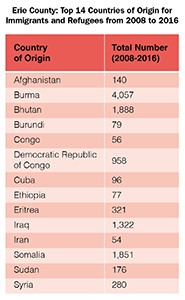
Who are the actors?
Four resettlement agencies in Buffalo - Catholic Charities, Jewish Family Services, Journey’s End Refugee Services, and International Institute of Buffalo - are responsible for reception and placement service for refugees in their initial three months in the US. Caseworkers find an apartment and furnish it before the refugees arrive, receive them from the airport, start utilities under their name, sign them up for public assistance and social security cards, enroll their kids in school, set up a bank account, schedule appointments for health care, and teach them how to use public transportation. They offer English language classes, employment and interpretation services, and legal counseling. However, resettlement agencies do not receive much funding from the government for services beyond 90 days, and the expectation is that refugees should be self-sufficient at the end of this period.
These four resettlement agencies are not the only actors who work with refugees in Buffalo. There are many other non-profit organizations including refugees’ own ethnic/religious community organizations, the Mayor’s office, schools and universities, and local media that create a welcoming environment for refugees in Buffalo. They specialize in different areas, collaborate with each other, and refer clients where they would be served better. This efficient collaboration of all stakeholders helps to make Buffalo a good case of resettlement.
Refugees are not just people with needs to be met; after they adjust to their new life they contribute significantly to their communities. They repopulate empty neighborhoods and schools, buy houses and fix them, set up new businesses, keep the workforce viable, and pay taxes. Similar to many other revitalizing Rust Belt cities, there is a widespread narrative among city leaders and media that refugees are good for Buffalo’s resurgence. Of course, only refugees by themselves cannot save the city, and there is an increase in development projects such as a waterfront development project, a university-hospital consortium, and other urban and housing redevelopment. Nevertheless, refugees are celebrated for their role in the economic stabilization and redevelopment of especially the West Side of Buffalo, increasing the sense of diversity and multiculturalism in the community, and contributing to the economic resurgence with their local small businesses and entrepreneurialism. Therefore, Rust Belt cities compete with each other to attract more refugees.
What are the challenges?
Despite the collaboration to meet refugees’ needs and the urban revitalization, also called “refugee Renaissance” in Buffalo, there are challenges in the integration process. These are structural problems both at the national and local level. First, the funding for the resettlement agencies is limited to the initial 90 days per case and the expectation that refugees become self-sufficient at the end of this period is unrealistic. The ceiling for the number of refugees who will be allowed into the US was lowered to 30,000 last year and to 18,000 this year, which leads to even more cuts in the budget. Last year, resettlement agencies engaged in huge fund-raising campaigns and New York State stepped in with $2 million for resettlement agencies across New York, but the future of these programs is unknown. Faced with decreasing numbers of refugees and cuts in federal funding, city leaders warn that Buffalo’s economic growth is threatened. Second, many of the Syrian refugees I interviewed in Buffalo expressed some fear and anxiety of deportation after President Trump’s travel bans. While they reported that they don’t experience any negative behavior from locals in Buffalo, the Islamophobia and anti-refugee rhetoric in the national news leads to a feeling of not belonging. When they don’t feel welcome, refugees are less likely to integrate.
At the local level, challenges are more diverse. Buffalo is a highly segregated city and refugees are typically placed in the West Side by the resettlement agencies. However, the jobs they typically work at (such as dishwasher, janitor, cook, packager, assembler, and material mover) are not in the West Side. Until they can afford a car they depend on public transport, which is not widespread and reliable. Public assistance money is usually not enough to support themselves, so they may work at multiple part-time jobs at irregular hours, which prevents them from going to English language classes during normal hours. Childcare is not affordable for most refugee families, and unless they can rely on other family members, women who have young kids can’t go to English language classes or to work. This leads to isolation of women inside their homes and prevents their socio-economic integration. Lastly, many community leaders note that Buffalo’s native-born society doesn’t know much about refugees. Since integration is a two-way street, it is not enough that refugees learn about the American way of life and try to adapt.
Resettlement not only offers a durable solution to a tiny minority of vulnerable refugees worldwide, but enriches and helps host cities as well. New York State resettles the third largest number of refugees in the country, and Buffalo resettles the largest number in the state. The experience Buffalo has accumulated in the last ten-fifteen years makes it an example of good practice for other cities.
Ayşegül Balta Özgen, Center for the Study of Ethnicity, Race and Immigration, University of Pennsylvania, USA and member of ISA Research Committee on Sociology of Migration (RC31) <aysegulb@sas.upenn.edu>
This issue is not available yet in this language.
Request to be notified when the issue is available in your language.
If you prefer, you can access previous issues available in your language:
